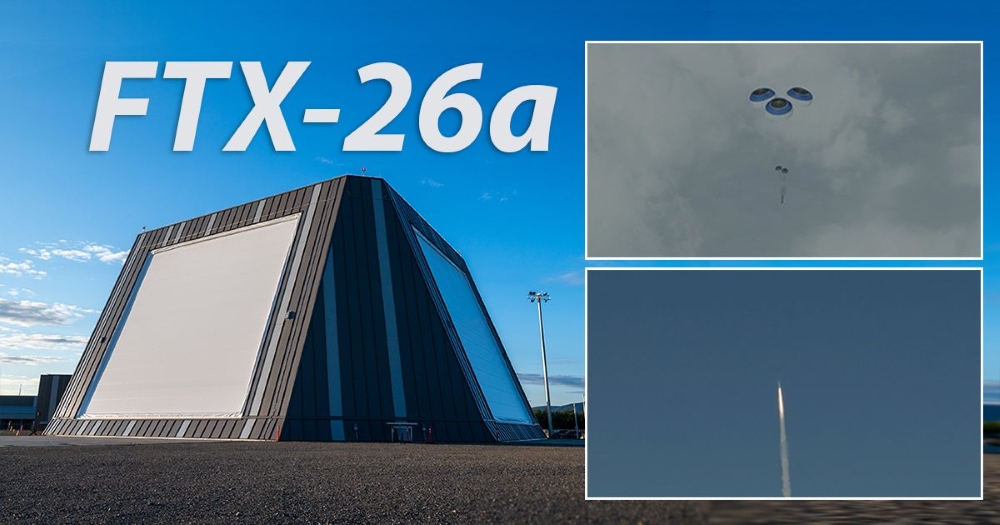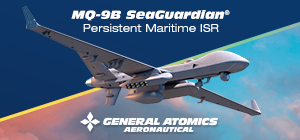
Flight Test Other – 26a (FTX-26a) was conducted on June 23, 2025 to validate the performance of the Lockheed Martin Long Range Discrimination Radar (LRDR) at Clear Space Force Station, Alaska by having it track a live Intercontinental Ballistic Missile (ICBM) representative target for the first time.
The test, carried out in cooperation with U.S. Space Force and U.S. Northern Command, saw the use of an air-launched target developed by MDA, launched out of a USAF cargo aircraft over the Pacific, on a north-eastern route along the Aleutian islands. The target flew over 2,0000 kilometers (roughly 1,243 miles) off the southern coast of Alaska, according to MDA.
The radar successfully acquired, tracked and reported missile target data to the Command and Control Battle Management and Communications (C2BMC) and supported a simulated interception.
The target was also tracked by the sea based X-based radar (SBX), out in the Pacific and by the Upgraded Early Warning Radar also at Clear Space Force Station.
The LRDR is the latest addition to the ground-based range of anti-missile sensors for the defense of the continental US. The radar, developed by Lockheed Martin, builds upon the U.S. government’s long-term investment in S-Band radar, ground-based radar, and systems integration. Lockheed Martin has been able to draw from its work on the Aegis Combat System, Space Fence and Aegis Ashore.
This solid state, gallium nitride (GaN)-based radar utilizes Lockheed Martin’s Open GaN Foundry model, which leverages relationships with strategic GaN suppliers.
This key test was delayed by circa 2 years: it had originally been scheduled in 2023 but in that occasion it had been terminated due to an anomaly with the target vehicle.
The LRDR itself was initially fielded in December 2021 after some delays in its construction due to the Coronavirus pandemic, which had forced a complete stop to the project in 2020.
The successful test will now inform a decision to add it into the operational baseline for ballistic missile defense. Once fully operational, the LRDR will be able to simultaneously search and track multiple small objects, including all classes of ballistic missiles at long ranges under continuous operation and will be tied into the GMD system and the C2BMC system. It will also support space domain awareness by monitoring space activity like satellites orbiting the earth, spent rocket bodies and fragmentation debris. It is expected that through software upgrades it will acquire enhanced ability to track hypersonic targets as well.
The test is potentially of interest for the United Kingdom as well: the UK had obtained in 2022 the Department of State clearance to procure an LRDR set and 2 C2BMC systems for an estimated 700 million USD. It is understood the radar would be used for Project LEWIS, first established with the SDSR 2015 to give the UK and NATO an additional anti-ballistic sensor.
The last time project LEWIS was cited in public, the start of operations was due in 2029 but we are waiting for clarity on current UK plans.








.png)
